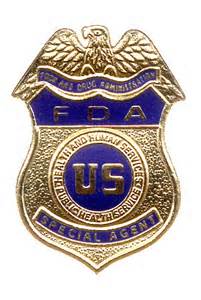It has been just about 11.5 years since FDA approved an OTC version of MiraLAX and the innovator withdrew the Rx-labeled NDA product from the market. Why did it take this long? Other than the fact that ANDAs approved prior to the approval of the OTC version were making significant profits, there were differences between how the ANDA applicants and the FDA viewed the change in labeling.
Typically, when a drug product goes OTC, there may be so-called “leave behind” indications for which the Rx status of the product is still maintained. In this case, the FDA argued there were no leave behind indications that would permit Rx marketing, and thus the products labeled with the Rx symbol were misbranded.
“FDA has long interpreted [the] provisions to mean that section 503(b) of the FD&C Act does not permit the same active ingredient to be simultaneously marketed in both a prescription drug product and a nonprescription drug product, unless a meaningful difference exists between the two that makes the prescription product safe only under the supervision of a licensed practitioner.”
Since FDA concluded that all of the indications the MiraLAX product met the criteria for OTC and that all of the indications were now considered to be OTC, the FDA termed this a “complete switch” rather than a partial switch, which would have had some leave behind Rx indications. In April 2007, FDA sent letters to the holders of the approved generic versions of MiraLAX explaining their position and letting them know that their products marketed with the Rx symbol would be considered misbranded, but let them know that they could submit new ANDAs for the OTC product.
The main focus of the disagreement was the “use for longer than the 7 days” recommendation in the OTC label versus the long use permitted in the previously approved Rx label. However, based on the studies submitted for the OTC product and FDA’s evaluation of the use of the product, the Agency concluded:
“According to CDER, after reviewing the results of these studies, FDA determined that the three studies provided evidence that nonprescription MiraLAX could be used by consumers effectively in the OTC setting, concluding that OTC MiraLAX is efficacious for the vastmajority of users with constipation within 7 days and generally produces a bowel movement byday 3, and would also be safe if repeatedly used over time.” (emphasis added)
As such, and with the denial of the hearing, FDA is withdrawing the approval of any of the previously approved or discontinued ANDA for the Rx versions of this product.
The story is obviously more complex than explained above. It is also a very interesting read. Please see here to read the complete Federal Register Notice.



